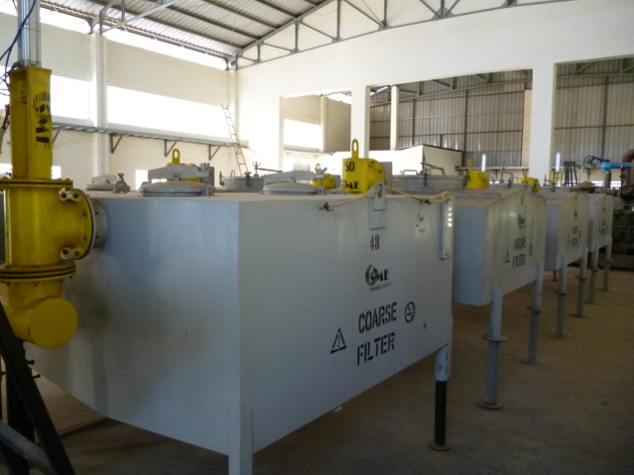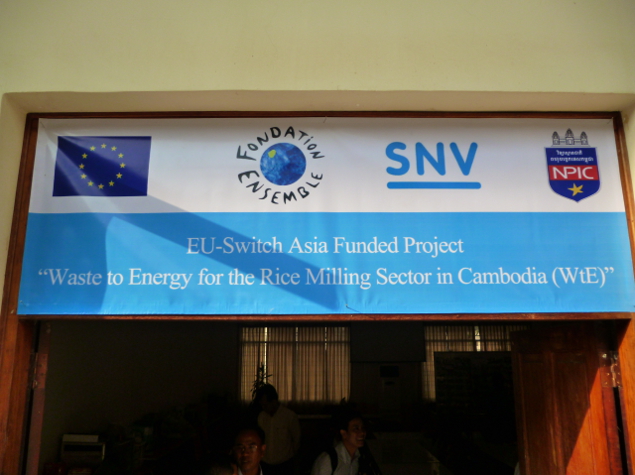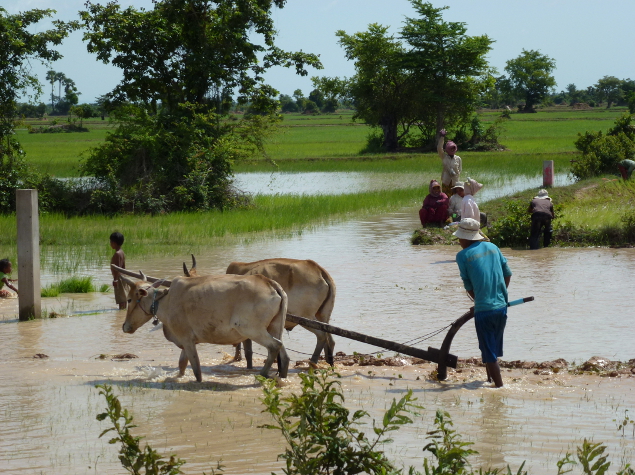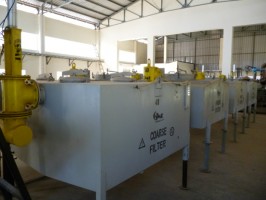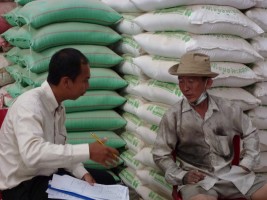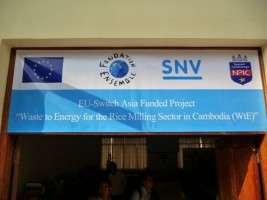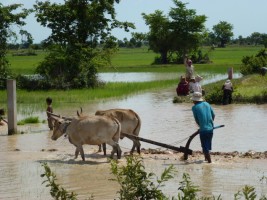Waste to Energy for the Rice Milling Sector in Cambodia
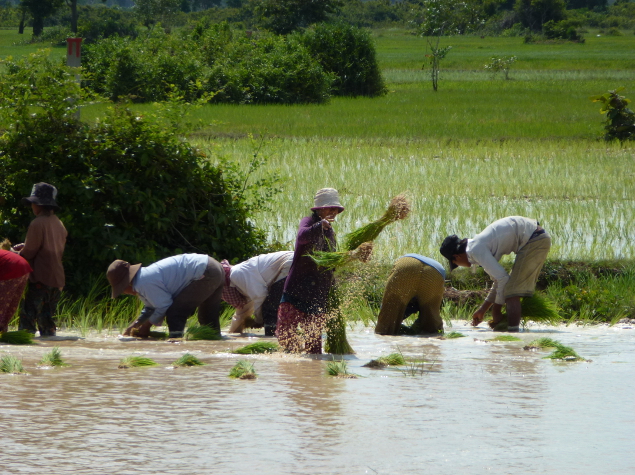
Currently, more than 80% of the Cambodian population generates income from rice production. Due to the high electricity prices and limited access to technology, paddy rice is either exported unprocessed or processed through diesel-powered engines and in some cases by using old-fashioned rice husk gazifiers. Consequently, this results in high rice prices, which are not competitive in the regional markets. These processing methods in many cases pollute the environment where people live.
The overall goal of this project is to contribute towards economic prosperity and poverty reduction and to mitigate climate change by enhancing competitiveness of the rice sector through increased uptake of environmentally responsible Waste to Energy technologies, in particular rice husk gazification.
The specific objectives are:
- Promote sustainable production of milled rice through replication of existing Waste to Energy rice milling technologies based on efficient rice husk gazifiers (RHG).
- Promote sustainable consumption of rice by consolidating fragmented guidelines into a single operational industry standard with policy makers, small & medium enterprises and financial sector actors together in a multi-stakeholder platform.
In order to achieve these objectives, this project has been divided in three components:
Technology Improvement and Establishment of Waste-to-Energy Business Support Services:
The expected result of this component is the increased application of a standardized environmentally friendly Waste to Energy technology in the 9 target provinces.
To reach this goal, the project will ensure that 30 existing millers and 30 new installed systems apply new standards. They will also participate, with the staff of 5 RHG from others industries, in four training modules and be skilled to handle RHG waste.
Development and Implementation of a National Standard for Waste to Energy technology
The expected result of this component is the application of a licensing process according to a national environmental friendly standard.
This will be done through the development and the implementation of national Standard for RHG equipment, the development of the operation guideline and the implementation of the licensing process. To monitor such operations, the project drafts the establishment of a development unit to execute the operation of licensing and inspection, the setting up of a licensing structure at provincial level (with 9 provincial officers assigned). Finally, it is expected that the Institute of Standards of Cambodia will license 30 millers.
Regarding waste management, an assessment of the best possible solutions for waste handling and treatment will be done by setting up as a pilot 2 waste treatment facilities to deal with the waste water problem, and 1 pilot for rice husk char fertilizer land application.
Investment Promotion and Business Planning for Waste to Energy
The expected result of this component is rice millers and Waste to Energy manufacturers have easier access to investment credit. It is expected to have 1 to 2 external financial supports to facilitate the millers and other potential users to install new gazification systems, and up to 5 mills with RHG system being financed.
During the project, different issues emerged. The imported technology has been considered expensive for most milers (especially small ones). To tackle this problem, backyard manufacturers will locally produce gasifiers’ components to reduce retail price. Furthermore, SNV needs to redevelop a concept for the establishment of low cost loans towards rice mill owners for capital expenditures (such as gazifiers) and provide working capital loans for the purchase of rice paddy and other operational expenses.

